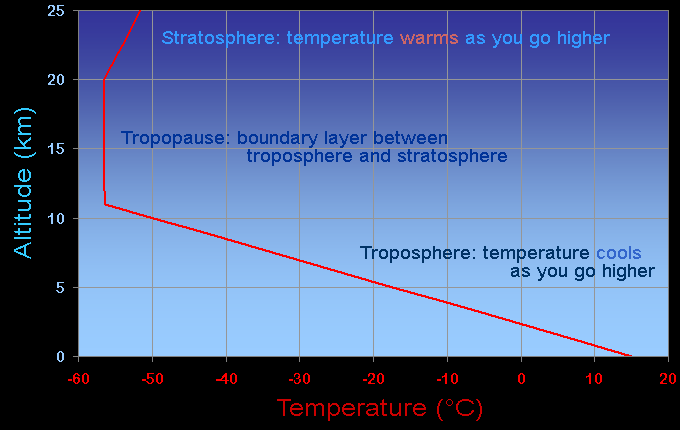It does address it implicitly because if something can’t absorb much heat, and can’t emit much heat.
It’s not adding anything more just because it’s 99%, because it didn’t absorb it to being with.
That’s the whole point. It’s really shit at absorbing, and thus having anything to emit.
One can a 1000 gallon tank, but if there is only 1 gallon in it, then that’s what you will get out of it. In this case, it looks like a huge tank, but it’s capacity is really low.
They aren’t hot for long. Minutes at best. That’s what the “lapse rate” is telling us. The dry air lapse rate is 9.8 degrees drop for every kilometre in altitude.
Which is pretty fast. If it’s 30C at ground level, it’s dropped to 21.2 in a kilometre.
Whilst wet air, might have rate of 4 degrees, which means the lift heat will be twice as high as dry air.
Yes. They are basically saying that. I haven’t seen any evidence apart from the potential 3% in that paper, to suggest they are wrong.
And that same air will get cold very quickly.
That’s the whole point. O2 and N2 store heat/infrared really really badly.
Yes, to the tune of perhaps 3%. Which was my calculation based on the paper. Which admittedly, I don’t know how it actually effects the final temperatures of the models.
Air will get hot, but nowhere near as hot as water.
To use your fan heater example.
The air is being forced over an electrical element which is glowing red hot. The total current draw may be 1kw but the heat you feel Infront of it is nowhere near that.
Take a 1kw and boil the same equivalent mass of water, and it will be a whole lot hotter very very quickly.
So, from my reading, air has a mass of 1.225 kg per cubic metre at sea level.
Water has a mass of 1000 kg per cubic metre. Which is also 1000 litres.
So the equivalent is easy to calculate. 1 cubic metre of air is the equivalent mass of 1.225 litres.
One can, set up a insulated box of one cubic metre of air, and boil a insulated 1.225 lires. Making sure that the input wattage is the same.
Time both to see when the have reached 100 degrees (boiling point).
Then time how long it takes for each to lose their heat when the insulation is removed.
Not really an easy set up, but not outside amateur capacity.


